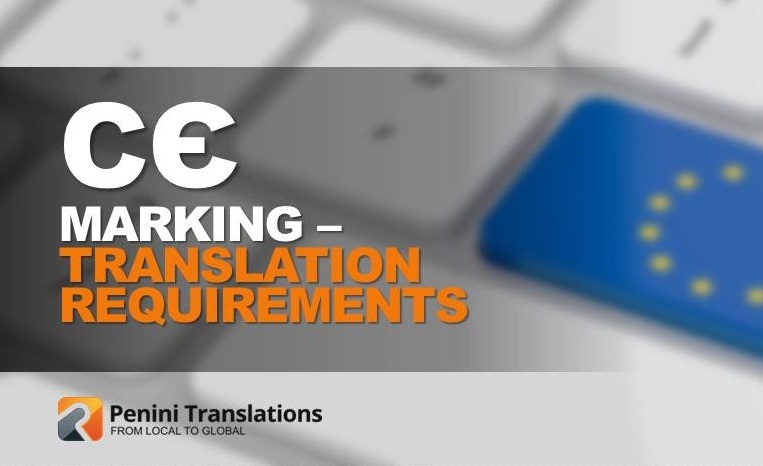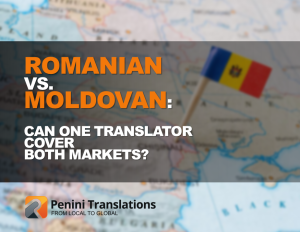Ensuring accurate translation of documentation is a critical component of the CE marking process for companies aiming to market their products within the European Economic Area (EEA). The CE marking signifies that a product complies with EU safety, health, and environmental protection standards, facilitating its free movement across member states. However, non-compliance with translation obligations can lead to significant consequences.
Translation Requirements for CE Marking
EU directives mandate that products must be accompanied by documentation, such as the EU Declaration of Conformity and user manuals, translated into the official language(s) of the member state where the product is marketed. For instance, the Machinery Directive 2006/42/EC specifies that all machinery must be accompanied by instructions in the official language(s) of the country where it is placed on the market .
Consequences of Non-Compliance
Failing to meet translation requirements can result in severe repercussions:
-
Market Access Denial: Non-compliant products may be prohibited from being sold within the EU, leading to potential financial losses.
-
Product Recall: Authorities can mandate the withdrawal of non-compliant products from the market, necessitating costly recall procedures.
-
Legal Penalties: Companies may face fines or other legal actions for failing to adhere to CE marking regulations.
-
Reputation Damage: Non-compliance can harm a company’s reputation, eroding consumer trust and potentially leading to a loss of market share.
Obligations Post-CE Marking Acquisition
Obtaining the CE mark is not the end of compliance obligations. Companies must ensure ongoing adherence to all relevant directives, including maintaining accurate and up-to-date translations of technical documentation. Market surveillance authorities may request technical documentation to verify compliance, and failure to provide properly translated documents can result in enforcement actions.
Best Practices
To maintain compliance:
-
Engage Professional Translators: Utilize experienced translators familiar with technical terminology and EU regulations to ensure accuracy.
-
Regularly Update Documentation: Keep all translated materials current with product modifications and regulatory changes.
-
Conduct Internal Audits: Periodically review documentation and compliance procedures to identify and rectify potential issues proactively.
In summary, meticulous attention to translation requirements is essential for CE marking compliance. Neglecting these obligations can lead to significant legal, financial, and reputational consequences, underscoring the importance of accurate and complete documentation in the appropriate languages.
At Penini Translations, since 2015 we have been translating technical documentation from a wide range of industries (automotive, electronics, sensors, robotics, medical equipment) with a team of specialised translators and the use of Translation Memory technology in order to maintain the highest level of quality, while significantly reducing time of delivery and costs.
If you are intersted in a translation vendor that can assist you with your technical documentaion, don`t hesitate to reach out! We would be more than happy to set up a call to discuss on your translation needs and expectations.
Contact us:
by e-mail: office@peniniglobal.com
by telephone: 0040720825462
Follow us:
LinkedIn www.linkedin.com/company/penini-translations
Instagram www.instagram.com/penini_translations/
Facebook www.facebook.com/peniniglobal/
reference:
Technical documentation and EU declaration of conformity
CE Marking and its Effects on Translation
CE marking and the Requirement for Native Language Translations
Is CE marking mandatory?




